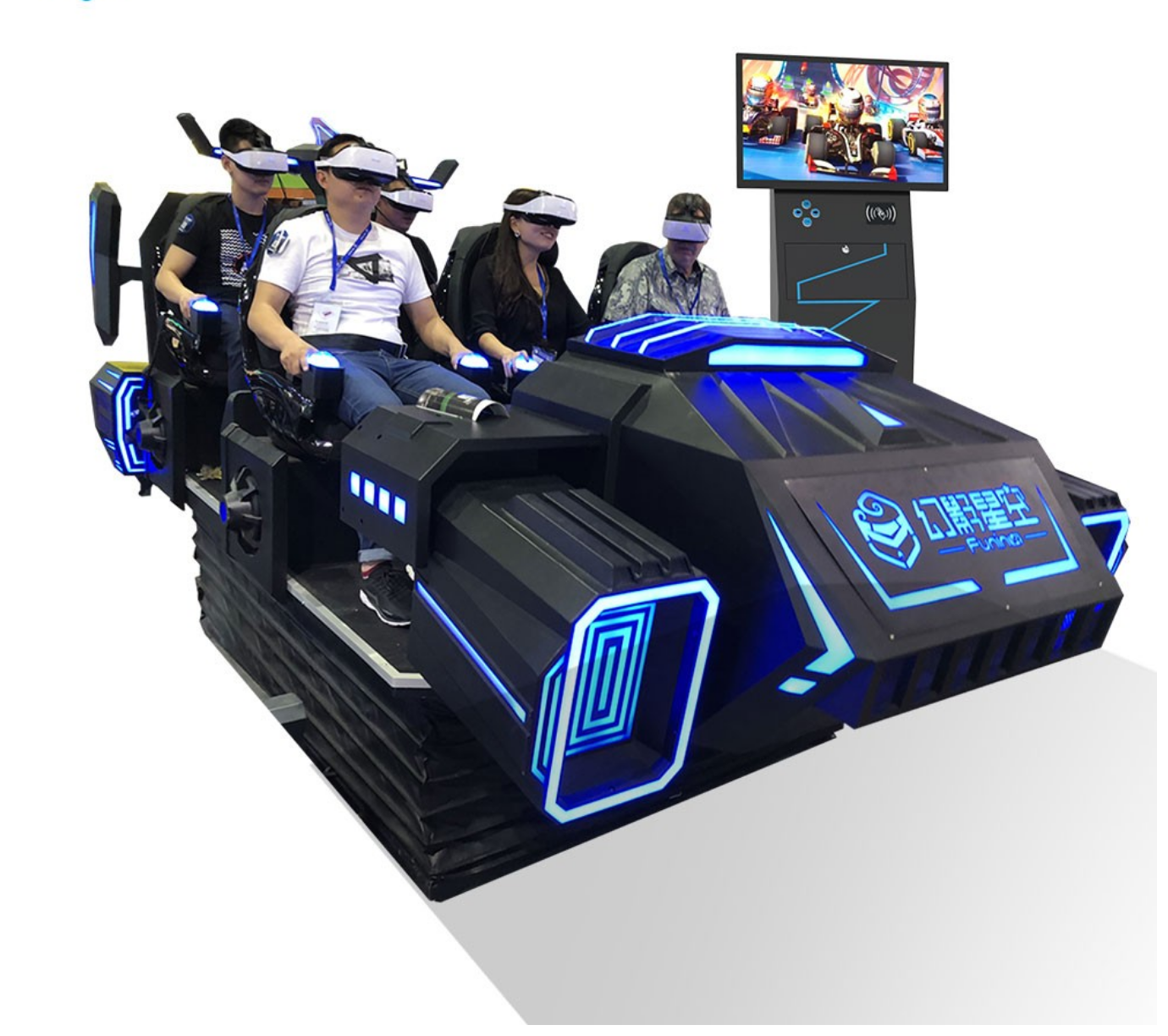Innovations VR Gaming Machine Manufacturers Are Bringing to the Industry

The gaming industry has always thrived on innovation, and virtual reality (VR) is the latest revolution transforming the way players interact with digital worlds. Unlike traditional gaming, VR provides an immersive, 360-degree experience that bridges the gap between the real and the virtual. From entertainment zones to training centers, VR technology is rapidly expanding its influence. Central to this growth are VR gaming machine manufacturers who are continuously pushing boundaries to deliver more realistic, engaging, and accessible gaming experiences. Their innovations are not only elevating the industry but also opening new possibilities for both businesses and end-users.
The Role of VR Gaming Machine Manufacturers in Industry Growth
Every major technological leap in gaming is fueled by the creative efforts of developers and manufacturers. A VR Gaming Machine Manufacturer plays a critical role in shaping how gamers experience immersive play. These companies design advanced hardware and integrate powerful software that brings characters, environments, and interactions to life. By combining high-performance computing with ergonomic design, they ensure users remain comfortable while fully immersed in extended gaming sessions. The continuous research and development by these manufacturers is setting new benchmarks in speed, realism, and accessibility, making VR gaming a mainstream choice rather than a niche interest.
Realistic Graphics and Visual Enhancements
One of the most notable innovations in VR gaming machines lies in the field of graphics. Manufacturers are now leveraging ultra-high-definition displays and next-generation GPUs to create breathtakingly detailed virtual environments. These improvements go beyond aesthetics; sharper visuals reduce motion sickness, a common challenge for early VR users. The integration of eye-tracking technology further enhances realism, allowing the game to adjust focus and render details where the player’s gaze naturally falls. This not only conserves system power but also provides a lifelike depth of field that makes every experience more authentic.
Advanced Motion Tracking and Haptic Feedback
Modern VR machines are equipped with precise motion tracking systems that can replicate every movement of the player’s body in real time. Manufacturers are investing in advanced sensors that capture even subtle gestures, making interactions smoother and more intuitive. Haptic feedback is another groundbreaking area of innovation. Gloves, suits, and controllers are now embedded with vibration and pressure sensors, simulating the sensation of touch. Whether it’s feeling the recoil of a virtual weapon or the texture of an object, these advancements bring an unmatched sense of presence and interactivity.
Multi-Sensory Immersion Experiences
Beyond sight and touch, VR gaming machine manufacturers are now experimenting with other senses to heighten immersion. For example, some machines integrate 3D spatial audio systems that mimic real-life acoustics, allowing players to locate objects or opponents by sound alone. Others are incorporating environmental effects like wind, heat, or even scent to complement in-game scenarios. Such innovations transform VR from a purely visual experience into a multi-sensory adventure, giving players the feeling of actually stepping into another world.
Ergonomic Design and Accessibility
Comfort has always been a concern in VR gaming. Long gaming sessions with heavy headsets or poorly designed controllers can be exhausting. Today’s manufacturers are solving this by creating lightweight, ergonomically designed hardware that ensures comfort without sacrificing performance. Adjustable straps, breathable materials, and balanced weight distribution have made modern VR machines far more user-friendly. Additionally, manufacturers are focusing on inclusivity, designing systems that cater to people with disabilities or limited mobility. This shift is making VR gaming more accessible, allowing a wider audience to enjoy its benefits.
Integration with Artificial Intelligence
Artificial Intelligence (AI) is becoming a key component of VR gaming machines. By integrating AI-driven systems, manufacturers are enabling more dynamic gameplay and intelligent interactions. Non-player characters (NPCs) now exhibit realistic behaviors, adapt to player actions, and create a more engaging storyline. AI also powers personalized recommendations, adjusting difficulty levels based on skill and ensuring every user has a customized experience. These developments are revolutionizing the way VR games are designed and enjoyed, ensuring longevity and deeper engagement.
The Future of VR Gaming Machines
Looking ahead, the innovations brought by VR gaming machine manufacturers are expected to expand even further. With advancements in wireless technology, players will soon experience completely untethered systems, eliminating cables and enhancing mobility. Cloud-based VR gaming is another promising development, allowing users to access high-quality experiences without the need for powerful local hardware. These future trends highlight the industry’s commitment to continuous evolution, ensuring that VR remains at the cutting edge of interactive entertainment.
In conclusion, VR gaming machine manufacturers are the driving force behind the evolution of immersive gaming. From hyper-realistic graphics to haptic feedback, multi-sensory immersion, ergonomic design, and AI integration, their innovations are reshaping how the world experiences virtual entertainment. As technology continues to advance, players can expect even more groundbreaking developments that will push the boundaries of imagination and redefine the future of gaming.








